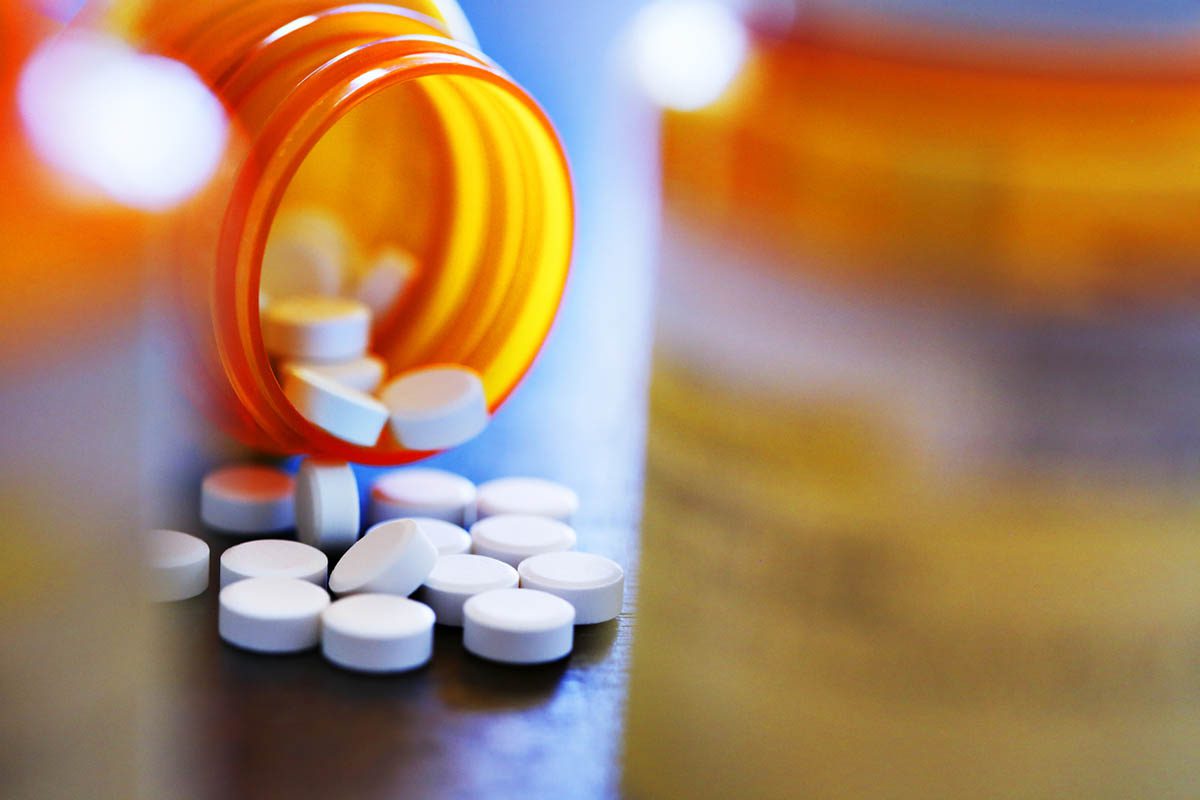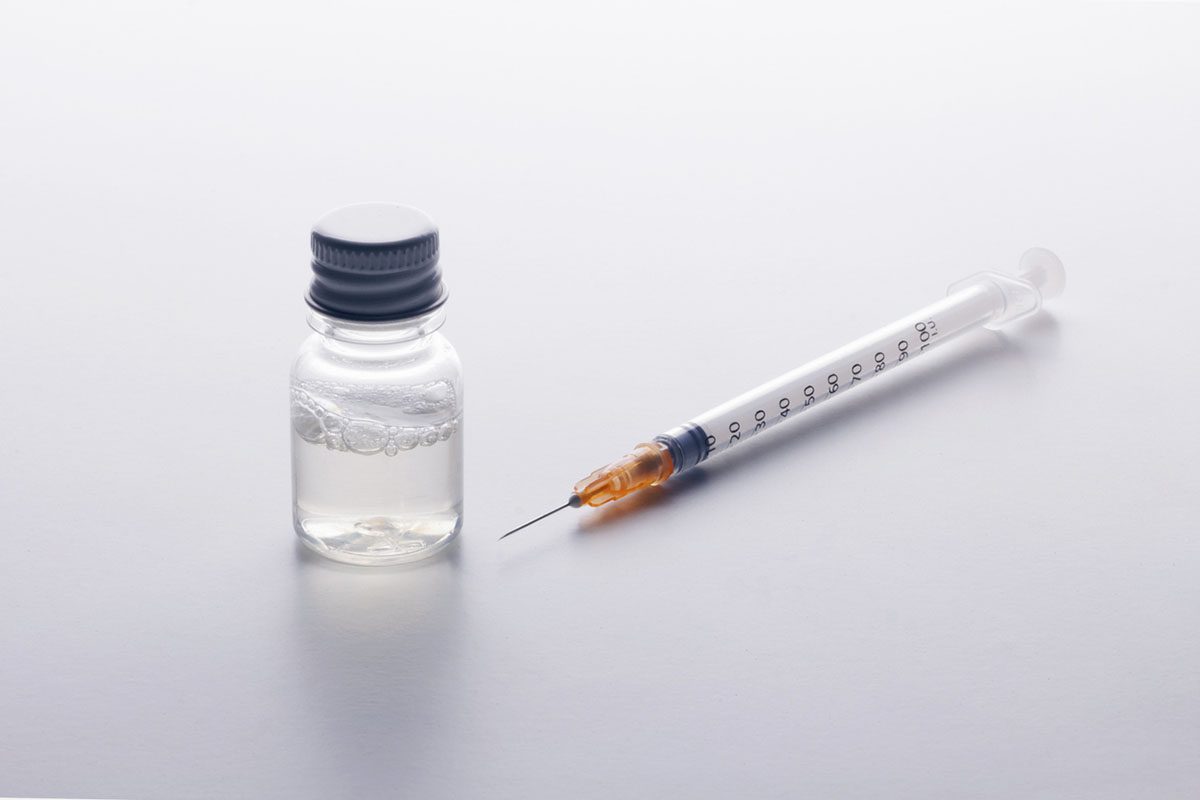A Case of Cocaine-Induced Myopathy
To the Editor: Cocaine use is one of the most common causes of drug-induced medical problems in the United States.1 Cocaine can cause muscle injury ranging from asymptomatic creatine phosphokinase (CK) elevation to massive rhabdomyolysis with acute renal failure.1 In the following case report, we describe a unique clinical scenario of a patient presenting with myalgia, muscle weakness, and elevated CK levels, which is suggestive of an acute-on-chronic pathology affecting the skeletal muscles.
Case report. Ms A, a 35-year-old African American woman, presented to the emergency department due to complaints of "hurting all over" and "weakness." On the day of admission, the patient had a urine drug screen positive for cannabinoids and cocaine. She has a significant past medical history that included bipolar disorder, posttraumatic stress disorder, and cocaine dependence. She reported having stopped trazodone, lithium, and fluoxetine for the previous 3 weeks because she ran out of them. She had also been smoking marijuana on the day prior to the admission, reporting that she usually abused cannabis when she ran out of her psychiatric medications.
During assessment, Ms A was mildly confused and could not provide a detailed history. She reported normal mood and no neurovegetative symptoms. The patient denied suicidal ideation or homicidal ideation. She endorsed auditory hallucinations for the past 2 days, but no visual hallucinations. She was oriented to place and person but not to time. She denied manic or hypomanic symptoms.
On neurologic examination, Ms A had strength of 4+/5 in both upper and lower extremities and significant tenderness to muscle palpation. She had decreased sensation to both temperature and touch in the upper and lower extremities bilaterally. She also had decreased vibratory sensation bilaterally in the lower extremities. The ankle reflex was 2/4, and the knee reflex was 1+/4; upper extremity reflexes were 2+/4 bilaterally and appeared to be symmetrical. The rest of the neurologic and systemic examination revealed no abnormalities. There were no other signs or symptoms of acute cocaine intoxication.
The biochemical profile was as follows: serum CK level was 605 U/L at admission and decreased to 116 on the fifth day of admission. The lithium level was less than 0.1 mmol/L. The patient’s urine drug screen was positive for marijuana and cocaine. Findings of the metabolic panel and hemogram were within normal limits. The computed tomography scan of the brain revealed no abnormality. Findings of the electromyography/nerve conduction velocity study, which was performed on the third day after admission, were normal. On the fifth day after admission, there was a significant improvement in her condition, with no weakness or muscle tenderness. The CK values returned to normal.
More than 14 million people worldwide abuse cocaine.2-4 Cocaine acts by blocking the presynaptic reuptake pump as well as enhancing neurotransmission of monoamines such as dopamine, norepinephrine, and serotonin in the central and peripheral nervous systems.4 Cocaine is unique among stimulant drugs in having a second action of blocking voltage-gated membrane sodium ion channels. This action accounts for its local anesthetic effect and may contribute to cardiac arrhythmias.4
About 24% of cocaine users have been reported to develop muscle injury and/or damage. Many of these instances are not predictable from history or physical examination, making laboratory evaluation essential.1 The significance of the biochemical profile in patients with possible drug use should be highlighted.1
We reviewed the literature on cocaine-induced muscle injury.4-10 In one report, at least 5% of cocaine users presenting to one emergency department had evidence of muscle injury based on CK elevation.7 Muscle injury in cocaine use can be caused by multiple pathophysiologic mechanisms.4-10 It may result from the markedly increased sympathomimetic activity.4 Severe arterial vasoconstriction that can cause skeletal muscle ischemia and infarction in the same manner as cocaine-induced vasospasm causes myocardial, cerebral, skin, or digital infarction.4
The underlying cellular process of rhabdomyolysis in cocaine addiction is due to the ischemic insult caused by impairment of muscle adenosine triphosphate (ATP) production.6-8,10 Depletion of ATP results in loss of membrane transporter function with sarcolemmal injury. Finally, myocyte membrane rupture results in the release of intracellular components, including the isoenzyme CK, myoglobin, aldolase, lactate dehydrogenase, potassium, phosphates, urea, purines, and carbon anhydrase,6-8,10 producing the classic laboratory profile of rhabdomyolysis.
An alternative mechanism is cocaine-induced inhibition of the reuptake of catecholamines at α-adrenergic receptors, which in turn leads to high intracellular calcium levels in muscle cells and subsequent cell damage and muscle damage.5-8
Cocaine users with muscle injury usually present to emergency departments with other problems, including delirium, fever, seizure, cardiovascular collapse, or chest pain, and are found incidentally to have muscle involvement.4-8 In some cases, however, myalgia is an important presenting symptom. Muscle injury can occur after oral or intranasal cocaine use, but may be more common after intravenous use or after smoking the alkaloid freebase (crack cocaine) because of the more rapid effect and higher blood levels of the drug achieved via those routes. Muscle injury can occur after a one-time use of the drug or after repeated use.4-10 The onset of muscle involvement is usually within hours after drug administration.
Affected patients usually present with proximal muscle weakness, which is more prominent in the lower than in the upper extremities.1,4-10 The patients with the highest CK levels are at greatest risk for acute myoglobinuric renal failure. These individuals usually have additional risk factors for rhabdomyolysis resulting from cocaine use, including marked fever, agitation, hypotension, seizures, coma, or concomitant use of heroin, amphetamines, or phencyclidine, which are the other drugs associated with muscle damage.1,4-10
The biochemical test in hospital has a great importance in the early diagnosis and treatment of cocaine-induced myopathy. Creatine phosphokinase elevation ranges from a few times normal to marked elevations of greater than 50,000 U/L.1,4-10 The normal CK range is 10-150 U/L. In one report, for example, the mean maximum elevation of CK in 39 patients with cocaine-associated myopathy was 12,187 U/L.1,4-10 Electromyography and nerve conduction studies will show myopathic changes along with axonal polyneuropathy that could be asymptomatic with a clinical presentation consisting of mild sensory symptoms and decreased deep tendon reflexes.1,4-10 Muscle biopsy shows vacuolar changes in muscle cells that are seen best on frozen sections, since the vacuoles are often damaged by paraffin fixation. The vacuoles are usually shown to be of lysosomal origin by special stains and electron microscopy.1,4-10
Our report of a patient who presented with elevated CK levels with weakness, myalgia, and sensory symptoms represents a seldom-reported clinical scenario. Our case is suggestive of the acute-on-chronic nature of the muscle pathology. The patient’s progress and the return of CK values to within normal limits by the fifth day after admission support the rapid recovery made by the patient.
Cocaine intoxication frequently causes a clinical syndrome that is suggestive of increased central nervous system and sympathomimetic activity,1,4-10 but in this case report the clinical findings were limited to myopathy with laboratory evidence of mild rhabdomyolysis. Our findings suggest that patients with chronic cocaine abuse have a decreased threshold for muscle injury and rhabdomyolysis. Hence, it could be construed that any other accompanying precipitant of muscle injury in a chronic cocaine abuser can facilitate myopathic damage. It is important that cocaine abuse be included as one of the differential diagnoses in patients presenting exclusively with acute myopathy.
References
1. Zuckner J. Drug-related myopathies. Rheum Dis Clin North Am. 1994;20(4):1017-1032. PubMed
2. Preti A, Miotto P, De Coppi M. Deaths by unintentional illicit drug overdose in Italy, 1984-2000. Drug Alcohol Depend. 2002;66(3):275-282. PubMed doi:10.1016/S0376-8716(01)00207-1
3. Coffin PO, Galea S, Ahern J, et al. Opiates, cocaine and alcohol combinations in accidental drug overdose deaths in New York City, 1990-98. Addiction. 2003;98(6):739-747. PubMed doi:10.1046/j.1360-0443.2003.00376.x
4. Pogue VA, Nurse HM. Cocaine-associated acute myoglobinuric renal failure. Am J Med. 1989;86(2):183-186. PubMed doi:10.1016/0002-9343(89)90266-0
5. Brazeau GA, McArdle A, Jackson MJ. Effects of cocaine on leakage of creatine kinase from skeletal muscle: in vitro and in vivo studies in mice. Life Sci. 1995;57(17):1569-1578. PubMed doi:10.1016/0024-3205(95)02132-3
6. Brody SL, Wrenn KD, Wilber MM, et al. Predicting the severity of cocaine-associated rhabdomyolysis. Ann Emerg Med. 1990;19(10):1137-1143. PubMed doi:10.1016/S0196-0644(05)81518-5
7. Grob D. Rhabdomyolysis and drug-related myopathies. Curr Opin Rheumatol. 1990;2(6):908-915. PubMed doi:10.1097/00002281-199002060-00006
8. Roth D, Alarcón FJ, Fernandez JA, et al. Acute rhabdomyolysis associated with cocaine intoxication. N Engl J Med. 1988;319(11):673-677. PubMed doi:10.1056/NEJM198809153191103
9. Tomita F, Bassett AL, Myerburg RJ, et al. Effects of cocaine on sarcoplasmic reticulum in skinned rat heart muscle. Am J Physiol. 1993;264(3, pt 2):H845-H850. PubMed
10. Tella SR, Schindler CW, Goldberg SR. Cardiovascular effects of cocaine in conscious rats: relative significance of central sympathetic stimulation and peripheral neuronal monoamine uptake and release mechanisms. J Pharmacol Exp Ther. 1992;262(2):602-610. PubMed
Author affiliations: Department of Psychiatry, Creighton University Medical Center (Dr Selvaraj); and Department of Psychiatry, University of Nebraska (Drs Gollamudi, Sharma, and Madabushi), Omaha.
Potential conflicts of interest: None reported.
Funding/support: None reported.
Published online: May 2, 2013.
Prim Care Companion CNS Disord 2013;15(3):doi:10.4088/PCC.12l01451
© Copyright 2013 Physicians Postgraduate Press, Inc.





